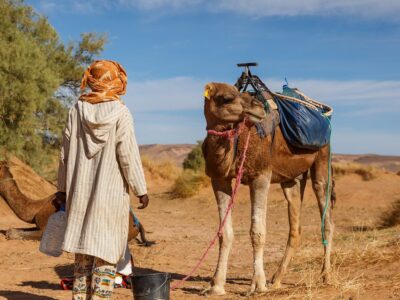
If you're hoping to visit the Moroccan Sahara in May, plan ahead: tourism is up around Morocco in spring. Though the weather in the desert gets hot in the middle of the day, it's generally pleasant and sunny, making May a great time to plan early-morning treks and sunset camel rides. Learn more about what to expect, from occasional sandstorms to a major rose harvest festival, with this monthly guide.
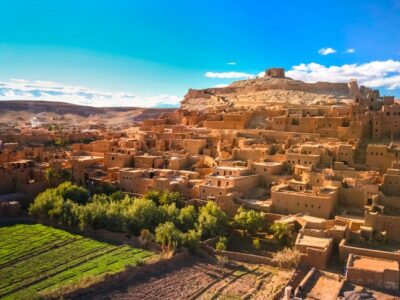
Most travelers will find that six to eight days are perfect for a well-paced Morocco trip with stops in Marrakesh, Fes, Merzouga, Aït Benhaddou, and Todra Gorge. With more time, you can enjoy extra activities at each stop or a few days in another region like Chefchaouen or Rabat. Keep reading for more inspiring Marrakesh, Fes, Merzouga, Aït Benhaddou, and Todra Gorge itineraries.
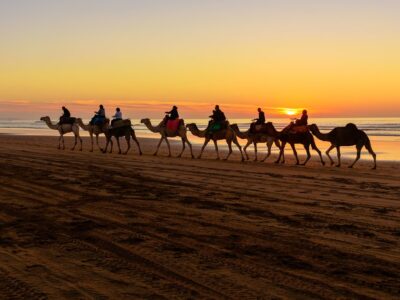
August is the hottest month of the year in Morocco. Plan your trip strategically to beat the heat and make the most of the country's cooler destinations, including the beach, the mountains, and the north. Read on for more on what to see and do in Morocco in August.
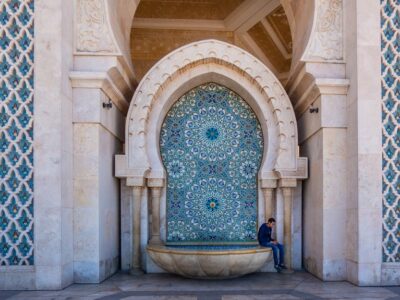
As summer turns to fall in Morocco, temperatures start cooling off around the country and a lively cultural calendar offers plenty of special events. Here's a monthly guide for where to go and what to do in September.
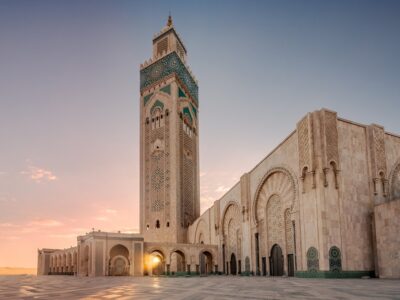
A mixture of Spanish, French, and African influences make this commerce capital an interesting contrast between old and new. While most travelers move on after visiting the Hassan II Mosque, learn a few more ways to explore the city in this comprehensive guide.
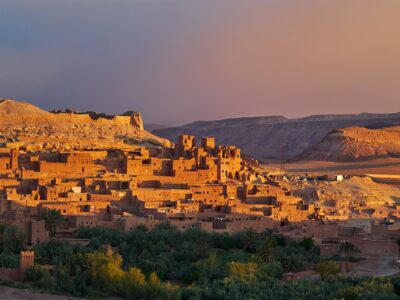
Eight to 10 days is the most popular trip length for Morocco travelers interested in visiting Marrakesh, Fes, Merzouga, and Ouarzazate, especially when also including Chefchaouen and Rabat. For travelers wanting to visit Marrakesh, Fes, Merzouga, and Ouarzazate exclusively, plan five to seven days for a well-paced trip. Read on for the best itineraries, including Marrakesh, Fes, Merzouga, Ouarzazate, and beyond.
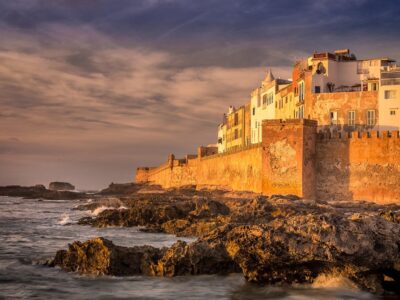
Extending from the Mediterranean Shores and Rif mountains in the north to the Atlantic Shores to the west to the hot desert lands of the Sahara in the south, Morocco is a vast country with a huge range of landscape regions. Cutting across its midline are the Atlas mountains, with the Sahara on one side and the more lush, coastal regions on the other.
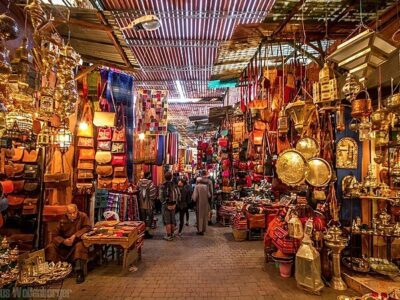
Fes is home to the world's largest Old Town, meaning there's plenty to keep you entertained in this historical city! You'll find a maze of energetic streets twisting through the medina, filled with shops, architecture, and unique workshops, like brass etching and bookbinding. But one of Fes' highlights is its surroundings, which offers several cultural day trips, like a Jewish heritage tour in Sefrou or visits to Berber villages in the mountains. Additionally, Fes is home to several music festivals each year, including the famed Sacred Music Festival in July.
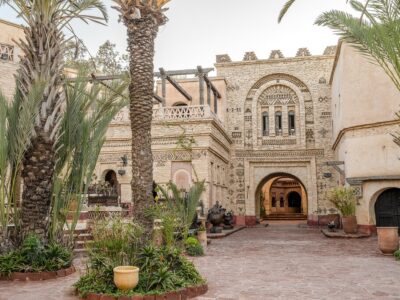
Morocco's southern seaside city of Agadir offers the best of both worlds, as it sits along the foothills of the Anti-Atlas Mountains and the Atlantic coast. Although an earthquake in 1960 destroyed much of the old city, Agadir emerged as a cool, laid-back, modern metropolis. Today, it has one of Africa's largest markets and a buzzy marina and seaside promenade. You can enjoy unique experiences, like the panoramic views from atop the city's kasbah, or relaxing along the shore in a cave resort.
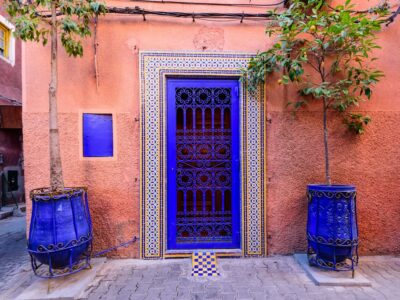
Marrakesh is Morocco's fourth-largest city and one of the country's major tourist spots. To see it, ideally, you'll want to allocate at least two to three days, although those with less time to spare can still enjoy the experience. Travelers who choose to stay for longer will have the opportunity to get to know the city and see it at a more relaxed pace. Read on for advice on how long to stay in Marrakesh.
